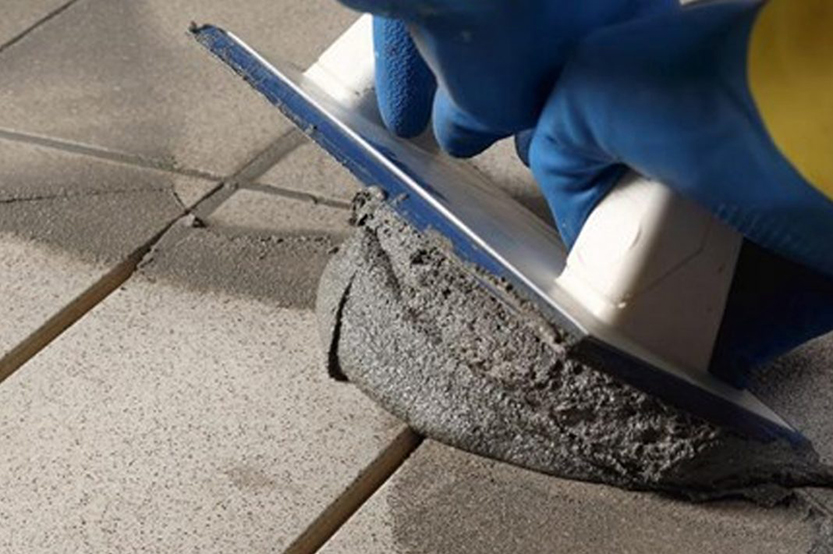
Dec . 07, 2024 13:28 Back to list
redispersible polymer powder uses
Redispersible polymer powder (RDP) has become increasingly recognized for its versatile applications in the construction and building materials industry. This fine powder is made from polymers that are initially dispersed in water, then spray-dried into a powder form. When mixed with water, RDPs are easily redispersed, allowing them to impart significant properties to various formulations. This article explores the various uses of redispersible polymer powder and its benefits in different applications.
One of the primary uses of RDP is in the formulation of tile adhesives and grouts. The incorporation of redispersible polymer powder enhances the adhesion properties of these products, allowing tiles to bond firmly to floors and walls. This improved adhesion not only ensures that tiles remain securely in place but also contributes to the overall durability of the installation. RDPs help in reducing the risk of cracking or detachment over time, particularly in environments exposed to moisture or temperature fluctuations.
.
RDPs are also widely utilized in the formulation of self-leveling compounds and flooring materials. The addition of redispersible polymer powder enhances the flow properties of these compounds, allowing them to spread evenly across surfaces and fill in imperfections. This results in smoother and more aesthetically pleasing finished floors. Additionally, RDP-modified compounds exhibit improved crack resistance and flexibility, making them suitable for use in various flooring applications, including residential and commercial spaces.
redispersible polymer powder uses

In the realm of masonry applications, RDPs are used to enhance the performance of mortars. By improving workability, adhesion, and water retention, RDP-modified mortars can accommodate a wide range of substrates and environmental conditions. This versatility is particularly advantageous for construction projects that require adherence to strict performance standards and building codes.
Furthermore, redispersible polymer powders are frequently employed in the production of paints, coatings, and sealants. The incorporation of RDPs can enhance the film-forming properties of these products, improving their adhesion to surfaces and providing additional flexibility. This results in coatings that are less prone to cracking, peeling, or blistering, ultimately extending the life of the application.
In addition to their performance benefits, RDPs also contribute to the sustainability of construction materials. By improving the efficiency of formulations, RDPs can help reduce the amount of raw materials needed, thus minimizing waste. Additionally, many RDPs are produced from renewable resources, aligning with the growing demand for environmentally friendly construction practices.
In conclusion, redispersible polymer powders play a vital role in a multitude of applications within the construction industry. Their ability to enhance adhesion, flexibility, durability, and overall performance makes them indispensable in products ranging from tile adhesives to paints. As the industry continues to evolve, the use of RDPs is likely to expand further, driving innovation in material technology and contributing to more sustainable construction practices. Ultimately, the versatility of redispersible polymer powders positions them as a key ingredient in achieving high-performance building materials for modern construction needs.
-
Versatile Hpmc Uses in Different Industries
NewsJun.19,2025
-
Redispersible Powder's Role in Enhancing Durability of Construction Products
NewsJun.19,2025
-
Hydroxyethyl Cellulose Applications Driving Green Industrial Processes
NewsJun.19,2025
-
Exploring Different Redispersible Polymer Powder
NewsJun.19,2025
-
Choosing the Right Mortar Bonding Agent
NewsJun.19,2025
-
Applications and Significance of China Hpmc in Modern Industries
NewsJun.19,2025







